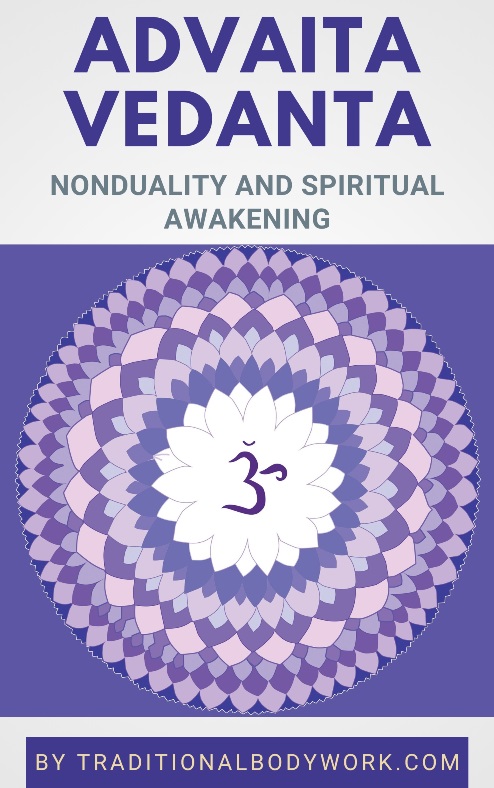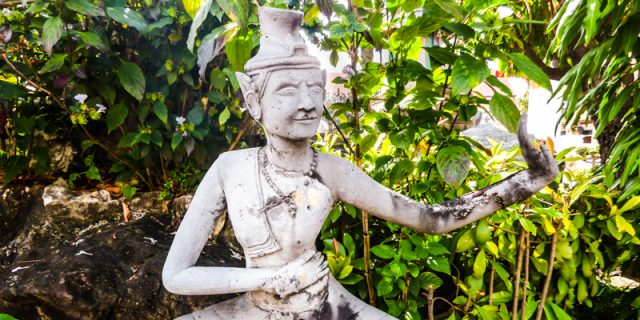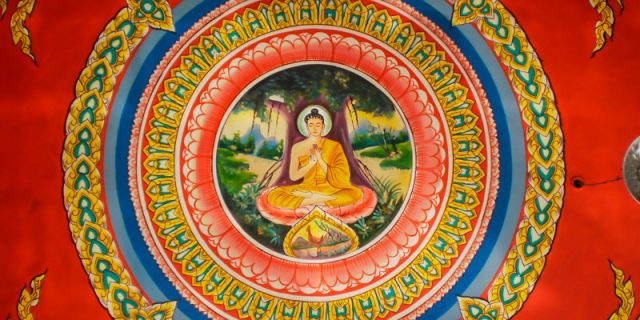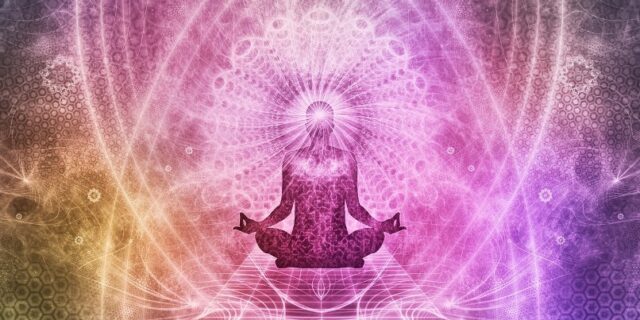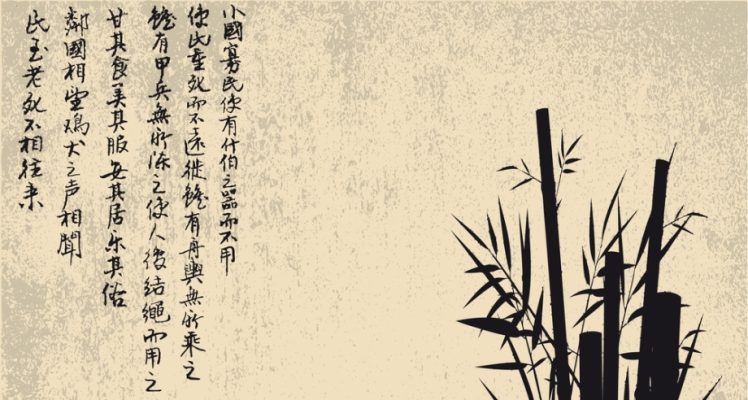
George Ivanovich Gurdjieff (1872–1949) was a highly controversial mystic, occultist, philosopher, hypnotist, composer, and spiritual teacher of Armenian and Greek origin. By his disciples he was considered an Enlightened Guru.
The Work was the definition given to his teachings, which covered the search for truth and obtaining higher states of consciousness. Later, his work was also called the Fourth Way, seen as an endeavor to integrate the three classical spiritual ways: those of the Fakir (bodily techniques), the Monk (devotional techniques), and the Yogi (mental techniques).
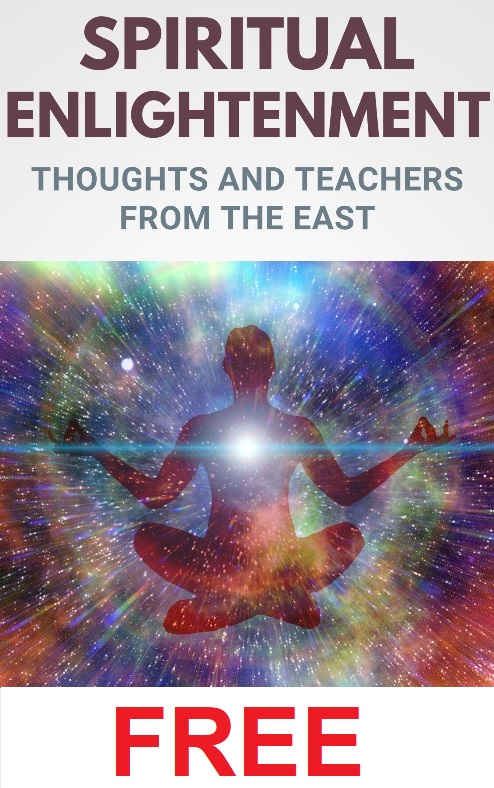
The Work referred to “inner work,” or “work on oneself,” work based on certain insights in the mechanisms of human thought, emotions, and bodily processes, and Gurdjieff, throughout his lifetime, used many techniques, such as talks, physical exercises, dance, and music to try ”waking-up men that are asleep.”
His main take on the “state” of humanity was that man is a slave to external stimuli and doesn’t have an own will. Man is completely conditioned, re-acts robotically, mechanically to impulses outside of him, and is pulled and pushed randomly by and between the arbitrary demands of his subsequent emotions, thoughts and body.
Moreover, man doesn’t “remember” himself, that is, is not constantly fully aware (or conscious) of his being, his actions and the world around him, here and now. According to Gurdjieff, self-remembering or self-consciousness is essential for man, because it’s the basis to experience higher or deeper states of consciousness which will finally lead to Liberation.
“Waking up,” being aware (conscious) of this “state,” in his opinion, is a first step to understanding what a human being is, its real capabilities, functioning and its goal. To him, the human body is a machine capable of building an “inner body,” — a kind of astral body — that could be immortal or at least survive the material body as we know it.
In any case, this essay is not so much about the details of Gurdjieff’s work, his methods or techniques. That’s an area so vast and also rather complicated, and besides that — the actual details of his Work don’t really matter or even are of any real use to us, unless one actually wants to engage in Gurdjieff’s Fourth Way.
What does matter is that “The Work” is a perennial endeavor, known since the dawn of mankind. Over several millennia it has seen many names and forms, but what is interesting about it, is that “the way it works” doesn’t seem to be transferable.
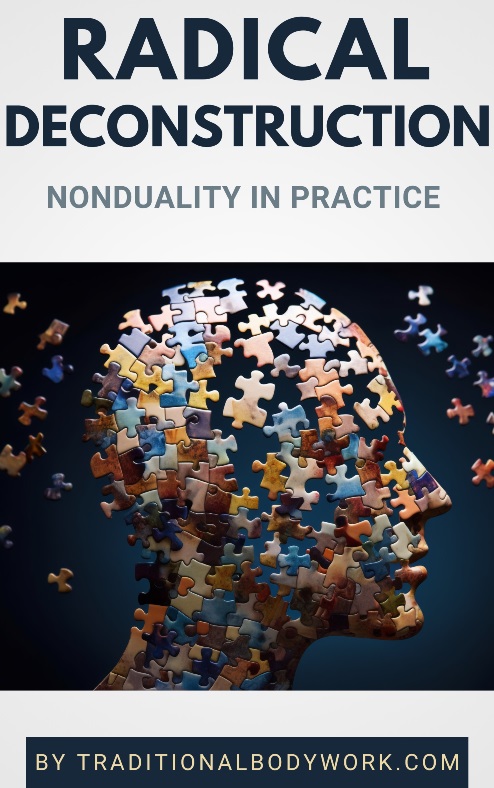
The Work that a certain individual has done for himself can have certain results, but the results themselves are hard to communicate, and moreover — the techniques or methods used to come to those results, cannot be used by others to obtain the same results. This is a very important insight, and needs to be understood very clearly by one who goes about doing “The Work.”
It’s an individual, unique enterprise, not so much with unique results — the results are the same, although expressions may vary — but results can be “obtained” only by way of a “strictly unique and personal road.” It’s the tragedy and beauty of “The Work.”
Others can only show us that there’s work to do. Basically that’s it. There are definitely parallels, things everyone has to deal with, that is — getting rid of a whole lot of obstacles. But what those obstacles are exactly and how to do that is different for each individual and thereby non-transferable.
The Work is irrefutable, it’s there always, it presents itself each time a new human being is born. It’s perhaps the most important endeavor one can undertake. But the “Workers” themselves — they only show. The road they have taken is of no real importance and of no definite value to others.
Workers only tell the world that there’s work to do. Real work. A special kind of work. Important work. Some people take up the message and “work” on it, but many don’t. It’s of no consequence — this work, this endeavor will always resurface… as long as mankind walks upon the surface of our earth.

